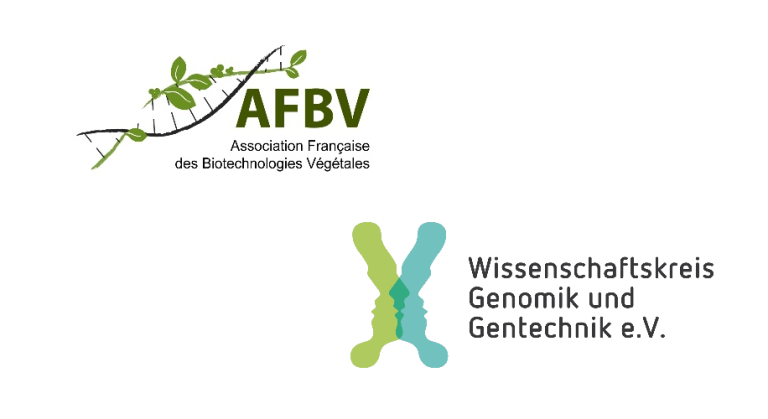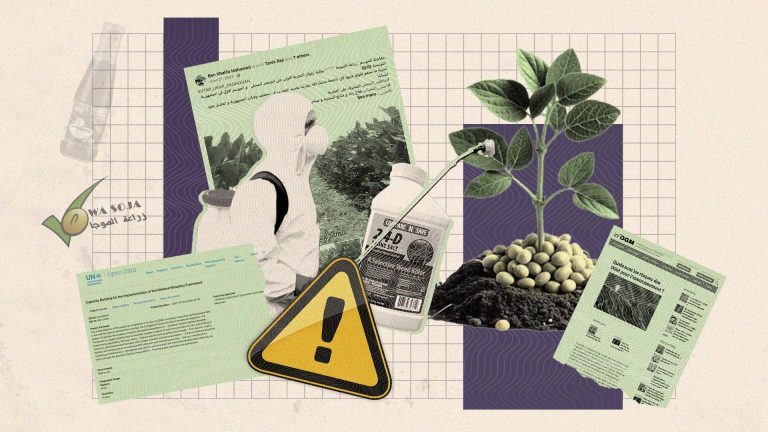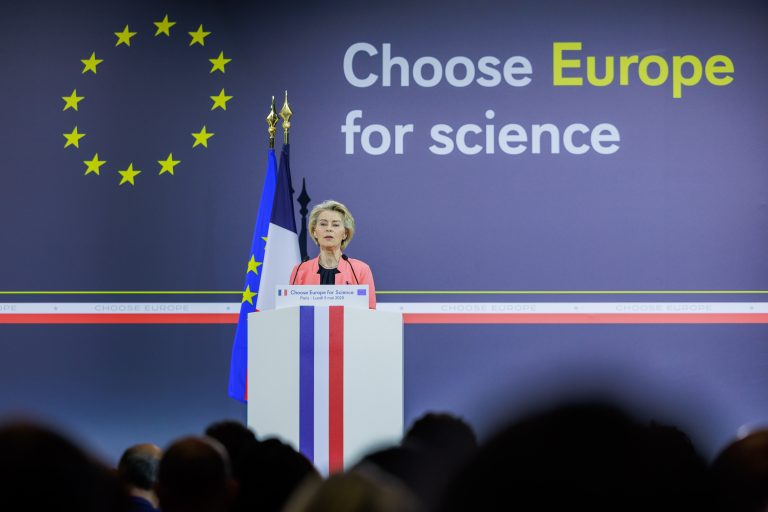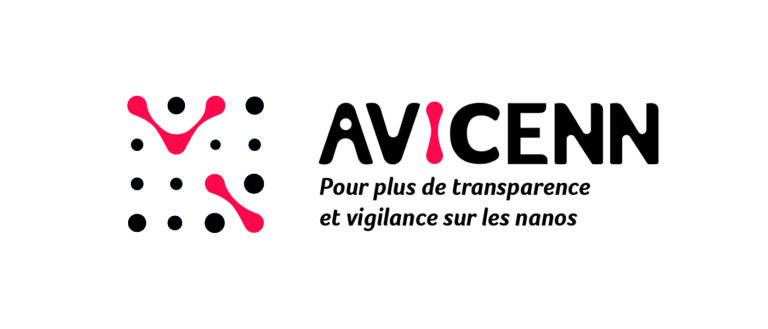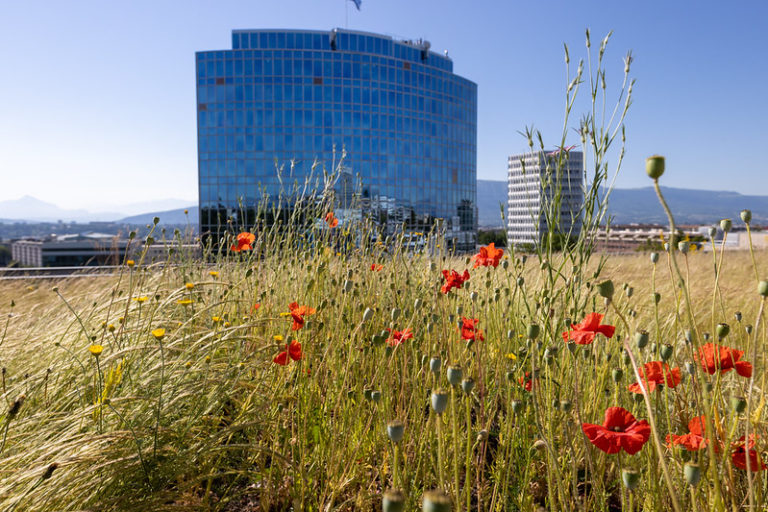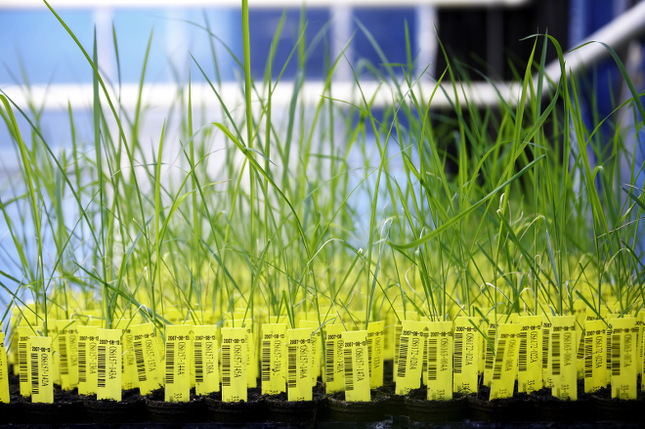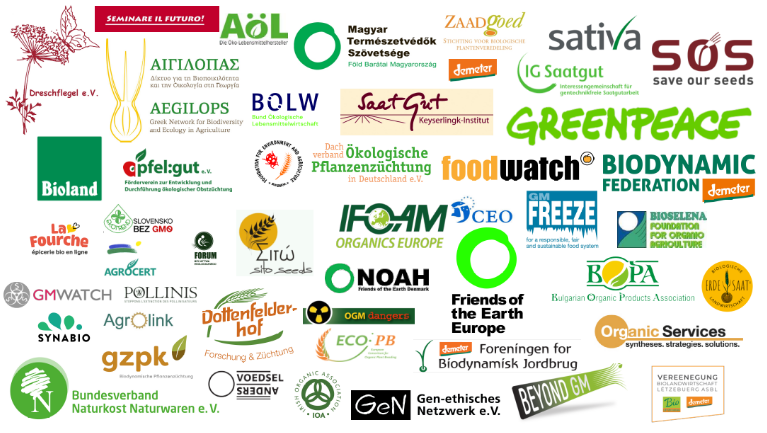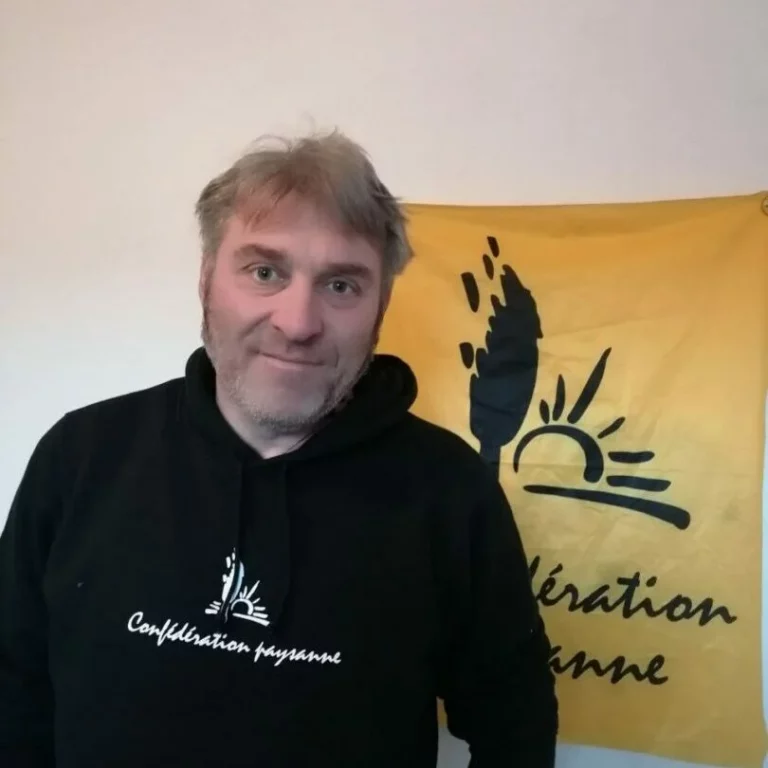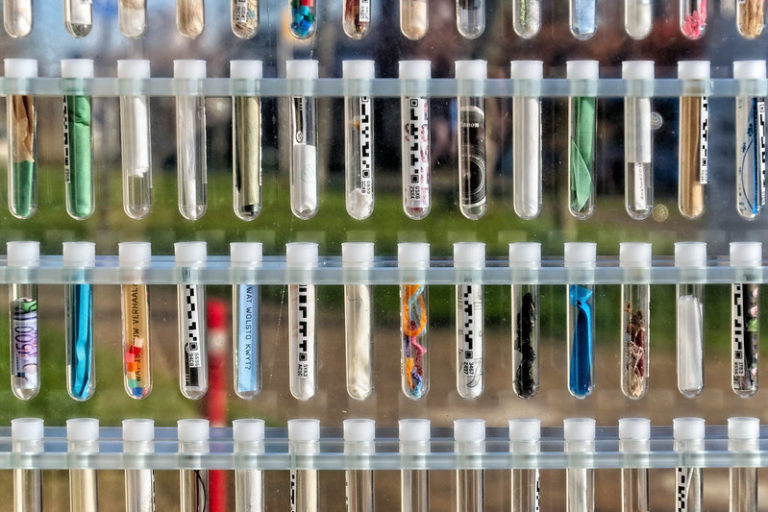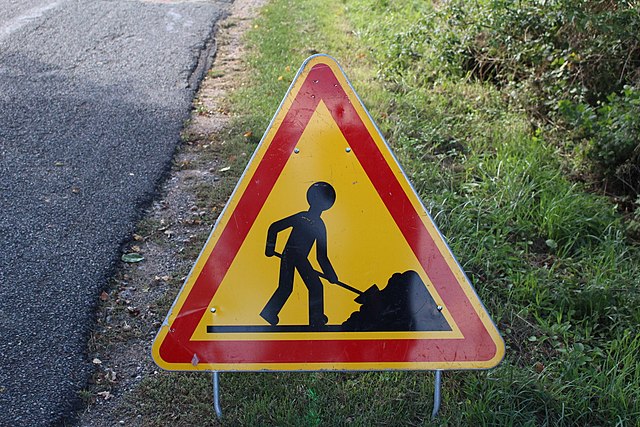Biodiversity and farmers’ rights : still a long way to go
The agriculture/biodiversity interface is legislated by numerous texts (p.10-11). Some of these, such as the « Seeds Treaty » and the Convention on Biological Diversity, are the subject of regular meetings, during which the many debates often struggle to reach decisions. The last two major meetings were no exception to the rule…
The international legal framework that deals with the agriculture/biodiversity interface from different angles is made up of three texts. The International Treaty on Plant Genetic Resources for Food and Agriculture (ITPGRFA), which has been in force since 2004, concerns the conditions of access to certain cultivated genetic resources, and therefore to cultivated biodiversity ; the Convention on Biological Diversity (CBD), adopted in 1992, covers all aspects of biodiversity, including those linked to genetic modifications ; and finally, the United Nations Declaration on the Rights of Peasants and Other People Working in Rural Areas (UNDROP) defines the access rights of peasants to cultivated and bred species.
CDB : an ambitious but not very concrete action plan
With the exception of UNDROP (see box), the ITPGRFA and CBD bodies meet every two years to evaluate and develop the implementation of these texts. All the resolutions adopted at the end of their last two meetings can be found on their respective websites : the COP15 on biological diversity, in Montreal, in December 2022 [1] ; and the Tirpaa, in New-Delhi, in September 2022 [2].
UNDROP : many farmers’ rights, but non-binding
The United Nations Declaration on the Rights of Peasants and Other People Working in Rural Areas (UNDROP [3] was adopted in 2018 [4]. This legally non-binding text incorporates and complements farmers’ rights already present in other texts (ITPGRFA , CBD and UN Declaration on the Rights of Indigenous Peoples).
Some of its articles specifically concern biodiversity. They include access to and management of « resources » (article 5) ; the « fair sharing of the benefits from their use » ; and the protection of « traditional agricultural, grazing, forestry, fisheries, livestock and agroecological systems relevant to the conservation and sustainable use of biological diversity » (article 20).
In short, this Declaration aims to remedy the legal and political distortions that have a negative impact on peasant seed systems and therefore on cultivated biodiversity. Revolutionary in spirit, it was adopted by the United Nations General Assembly on 17 December 2018, with 121 votes in favour, 8 against and 54 abstentions. In view of France’s behaviour in the face of the problems of land and water grabbing by a few landowners, is it surprising that our country is among those abstaining ?
This text has not yet been widely used. In a declaration issued in December 2022, various United Nations experts called « to implement the Undrop by incorporating its norms and standards into national laws and policies, [as it] also serves as a roadmap for States […] and other stakeholders to take concrete action on the ground ».
The CBD COP15 adopted « the Kunming-Montreal Global Biodiversity Framework », which aims to « restore biodiversity » by 2050. Some of the decisions relate more specifically to the links between agriculture and biodiversity.
In one of them, entitled « Biodiversity and Agriculture », [5], the COP adopted the « International Initiative for the Conservation and Sustainable Use of Soil Biological Diversity Action Plan 2020-2030 ». This plan lists the actions to be taken over the coming decade. They include : strengthening the study of soil biodiversity, « promoting […] agroecological practices », « preventing the introduction and spread […] of invasive alien species », etc. They are all laudable objectives that the CBD plans to pursue through a host of training and research partnerships at all levels (research bodies, relevant organisations and networks, as well as indigenous peoples and local communities). It also aims to « promote access to and fair sharing of benefits from the use of soil genetic resources ».
This subject is linked to that of digital sequencing information on genetic resources (DSI), which was also debated at the COP [6] [7].
Three other protocols, within the framework of the CBD, concern the link between biodiversity and agriculture. They were also the subject of meetings on the sidelines of COP15. The first two aim to protect biodiversity from contamination by living modified organisms (LMOs), which are alive and therefore capable of reproduction [8]. The two following protocols aim to control and limit the uncontrolled spread of LMOs in nature :
![]() The Biosafety Protocol (Cartagena Protocol), ratified by 173 countries (the United States, Canada and Argentina, three of the main GMO producing countries, are not party to it) and entered into force in 2003 ;
The Biosafety Protocol (Cartagena Protocol), ratified by 173 countries (the United States, Canada and Argentina, three of the main GMO producing countries, are not party to it) and entered into force in 2003 ;
![]() supplemented by the Protocol on Liability and Redress for Damage Caused by GMOs (Nagoya-Kuala Lumpur Protocol), which came into force in 2018.
supplemented by the Protocol on Liability and Redress for Damage Caused by GMOs (Nagoya-Kuala Lumpur Protocol), which came into force in 2018.
The third protocol, the Nagoya Protocol, concerns access to genetic resources and the sharing of the benefits from their use (these are non-agricultural resources, which are covered by the TRIPs Agreement (see below)). Ratified by 138 States, it entered into force in 2014. It applies to all genetic resources, except those covered by the ITPGRFA (see below). The Nagoya Protocol endorsed « the multilateral benefit-sharing mechanism » for the DSI decided at COP15 [9]. However, it decided « to return to the question of the need for and modalities of a global multilateral benefit-sharing mechanism » at its next meeting.
ITPGRFA : peasants’ rights in the hot seat
The last meeting of the ITPGRFA (New Delhi, September 2022) postponed the discussion on the status of DSI until the next CBD COP, which took place a few months later. The ITPGRFA prohibits the appropriation of the resources it manages through patents, and the fear, expressed in particular by La Via Campesina, was that the future status of DSIs would allow this (see p.13-14). This seems to have been confirmed by the multilateral mechanism on ISPs DSIs decided at COP15.
Six months after the meeting of its governing body, the ITPGRFA published a list of « Options to encourage, guide and promote the realization of Farmers’ Rights as set out in Article 9 of the International Treaty » [10]. Since governments are only encouraged to promote Farmers’ Rights, the ITPGRFA has drawn up this list of 27 options, based on the experiences of member countries to provide ideas for everyone, especially governments. For example, paying funds to farmers who « conserve, develop and sustainably use [plant genetic resources] ».
But here again, there is no obligation to implement it, which is what the ITPGRFA claims : « the term ’option’ confers a non-prescriptive and discretionary character » [11].
Each of these international meetings leaves a bitter taste in the mouth. How is it possible that such major meetings produce so few concrete results ? How is it possible that certain debates have been postponed from meeting to meeting for so many years ? How is it possible that we are all so full of words and good intentions but that they are so devoid of obligations and concrete applications ? Could it be that, as long as no decisions are taken, the status quo remains, which suits all the plunderers of biodiversity just fine ? Fortunately, there are a number of watchdogs, such as La Via Campesina at global level, of which the Confédération paysanne in France is a member.





